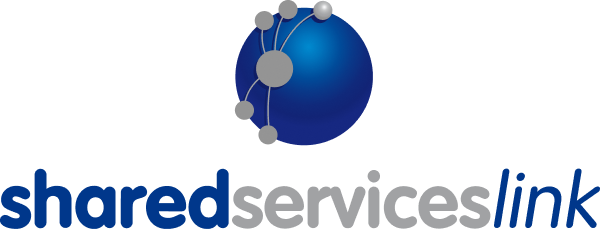The New Zealand Government is proposing new procurement requirements that would make e-invoicing mandatory for government agencies handling high volumes of trade invoices, with a proposed implementation date of 1 January 2026.
Under the draft changes to Rule 44 of the Government Procurement Rules (5th edition), agencies that receive more than 2,000 domestic trade invoices annually would be required to receive e-invoices through their primary accounts payable systems. Likewise, agencies sending more than 2,000 domestic trade invoices a year would need to be able to issue e-invoices through their accounts receivable systems.
Agencies that:
a. receive more than 2,000 domestic trade invoices annually must be capable of receiving e-invoices through their primary accounts payable system(s)
b. send more than 2,000 domestic trade invoices annually must be capable of sending e-invoices through their primary accounts receivable system(s).
Agencies must require large suppliers to submit e-invoices.
The proposed rule would apply only to invoices related to domestic trade credit – meaning goods or services supplied within New Zealand, priced in NZD, and provided by entities doing business in New Zealand. It excludes payments such as employee reimbursements, utilities, rent, insurance premiums, credit card statements, and regular contract payments that do not require invoices (e.g., progress payments on infrastructure projects).
Agencies using finance platforms that need an Access Point Provider to enable Peppol connectivity can refer to the Government’s open syndicated agreement for e-invoicing services.
While the proposal is not yet law, agencies are being encouraged to review their current invoicing capabilities and begin planning for compliance, should the rule be adopted. The move is part of a broader government strategy to streamline procurement, support faster payments to suppliers, and reduce manual handling and errors.




